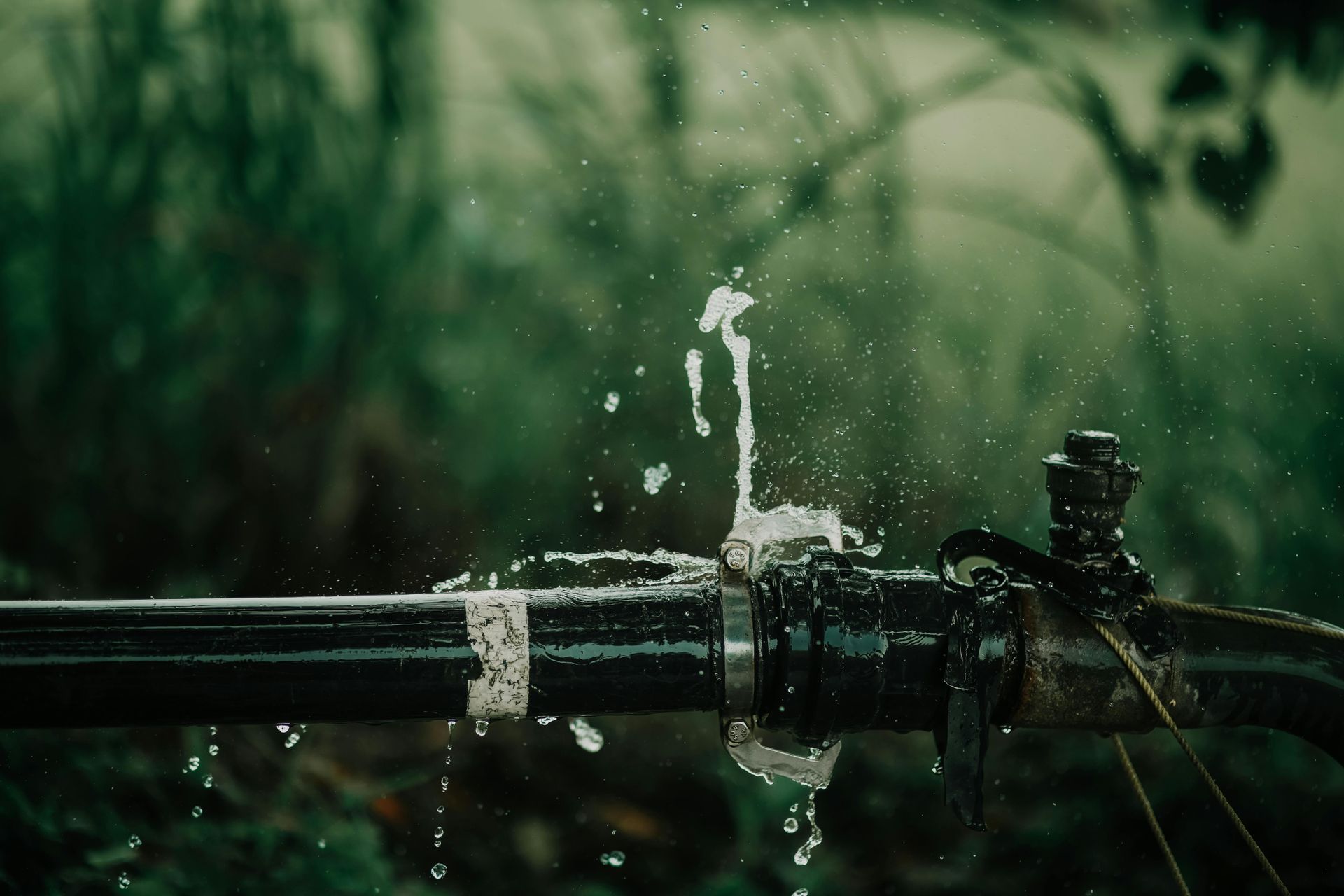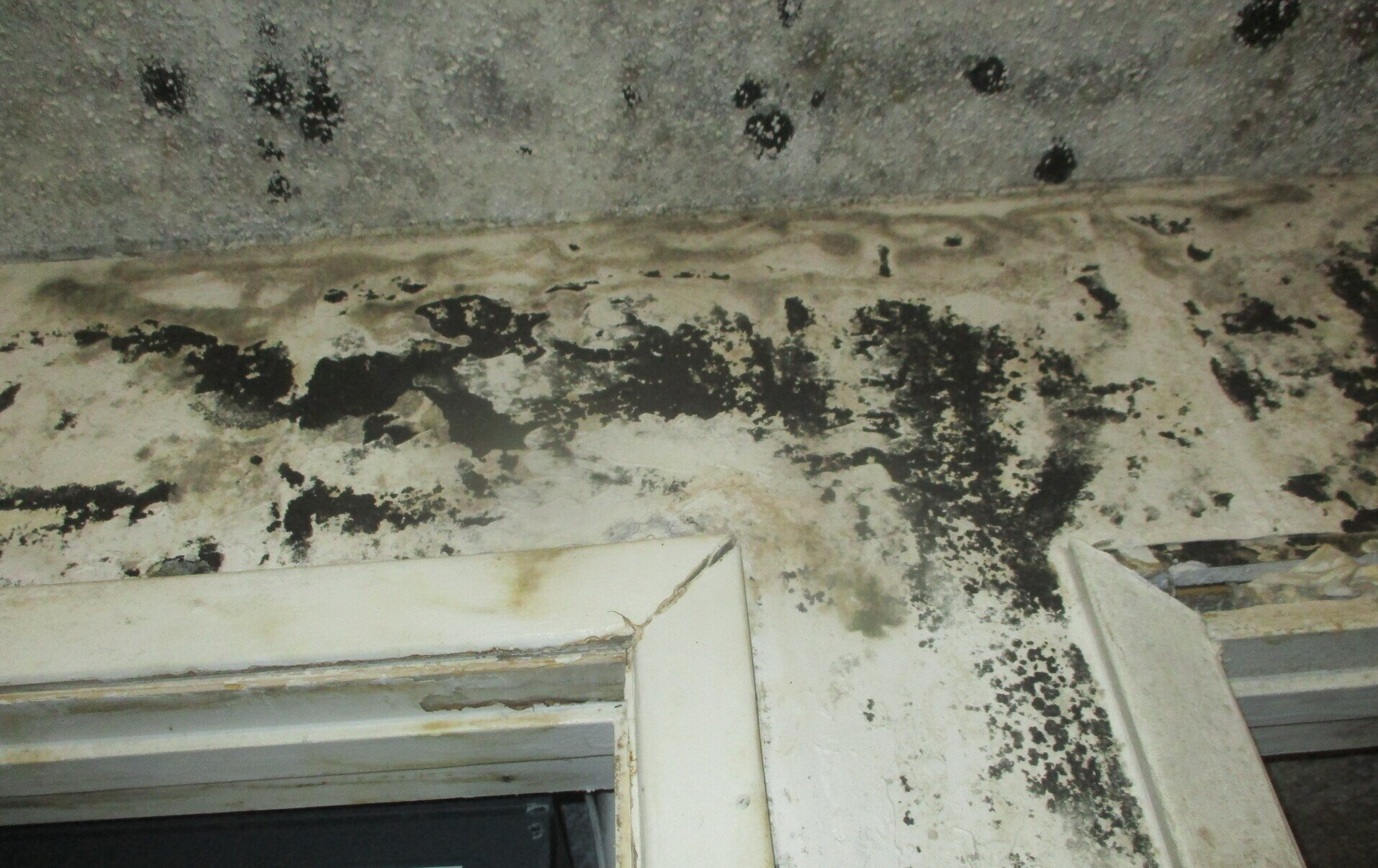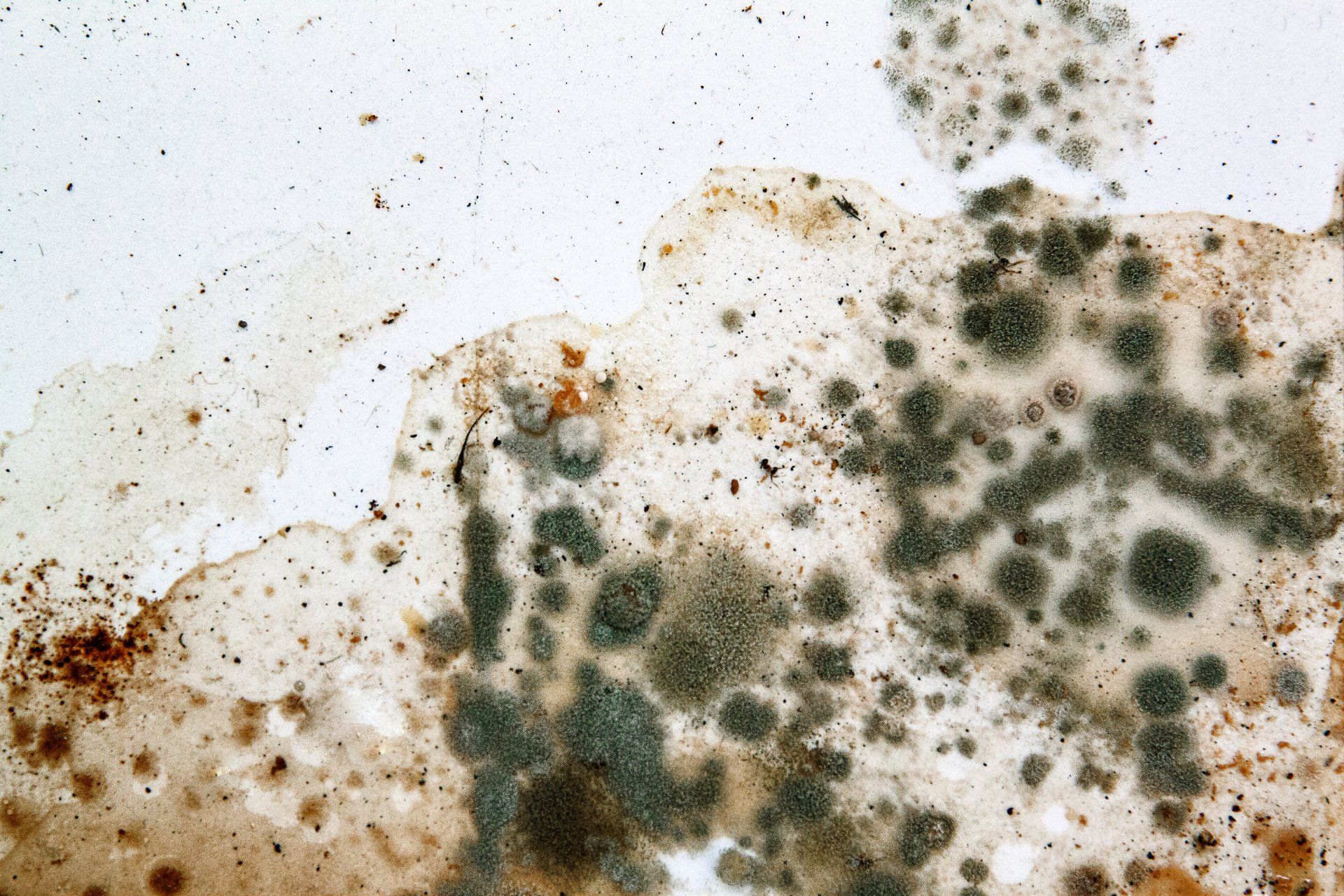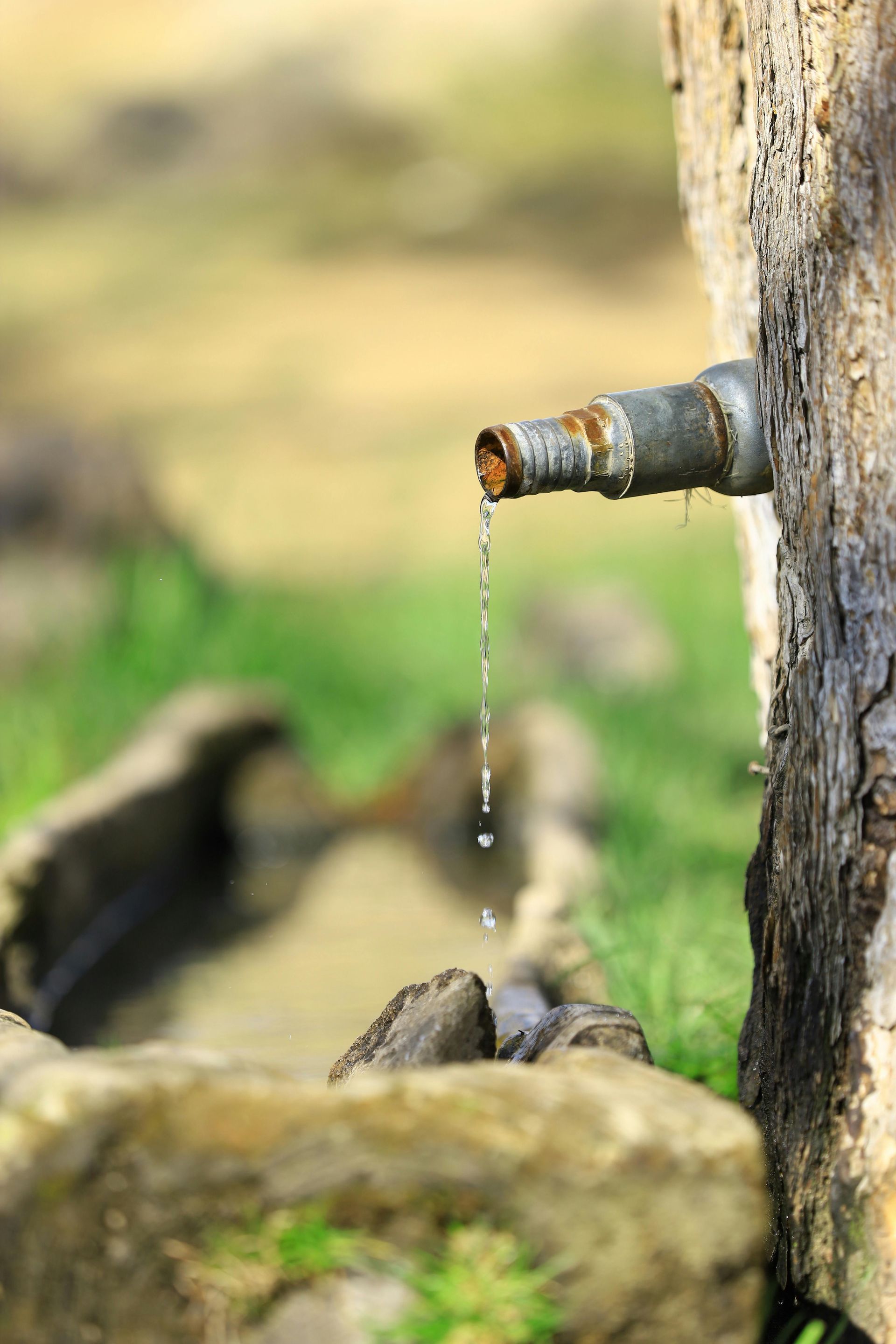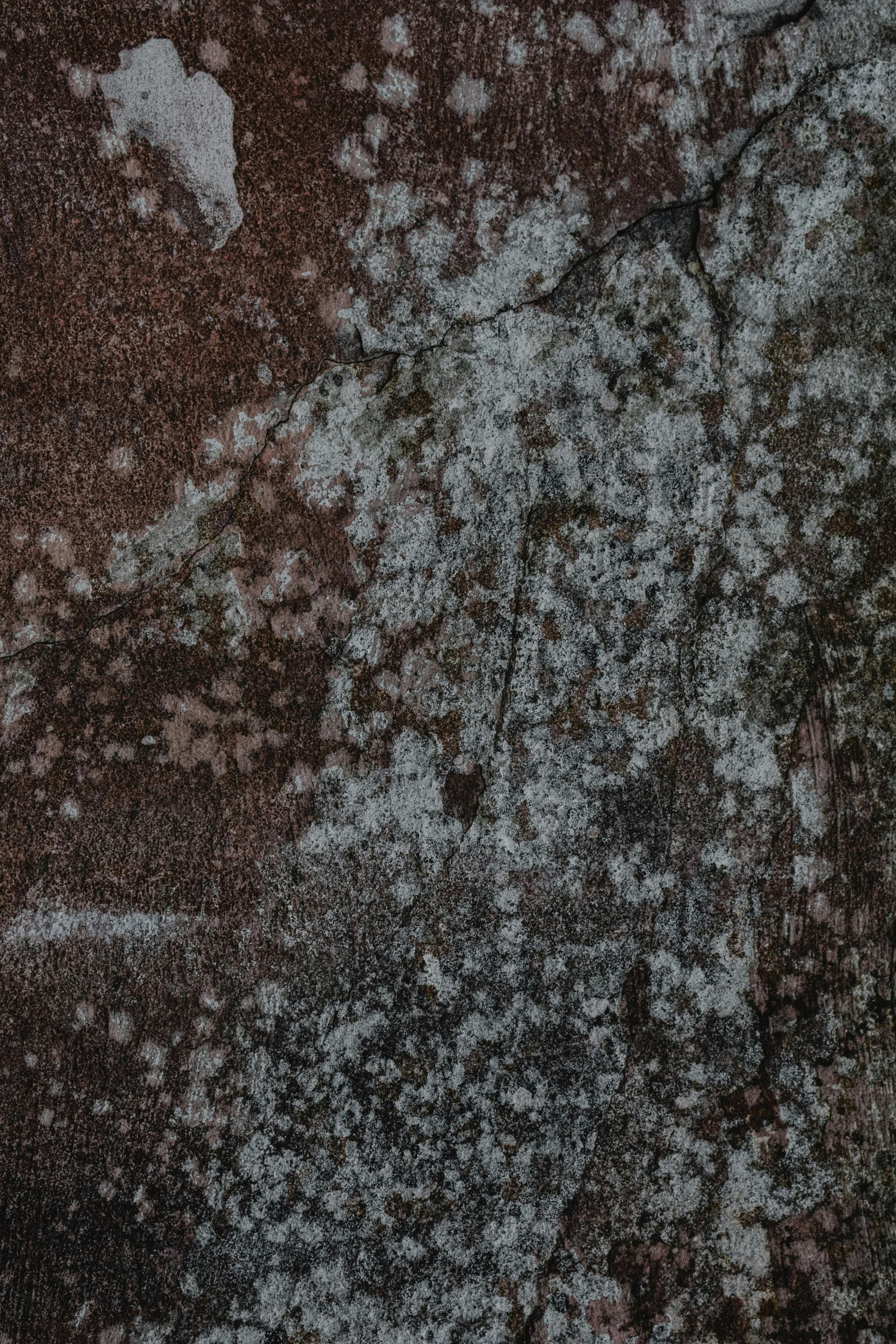How to Detect Mold Growth in Your Home
Ultimate Guide: How to Detect Mold in Your Home Effectively
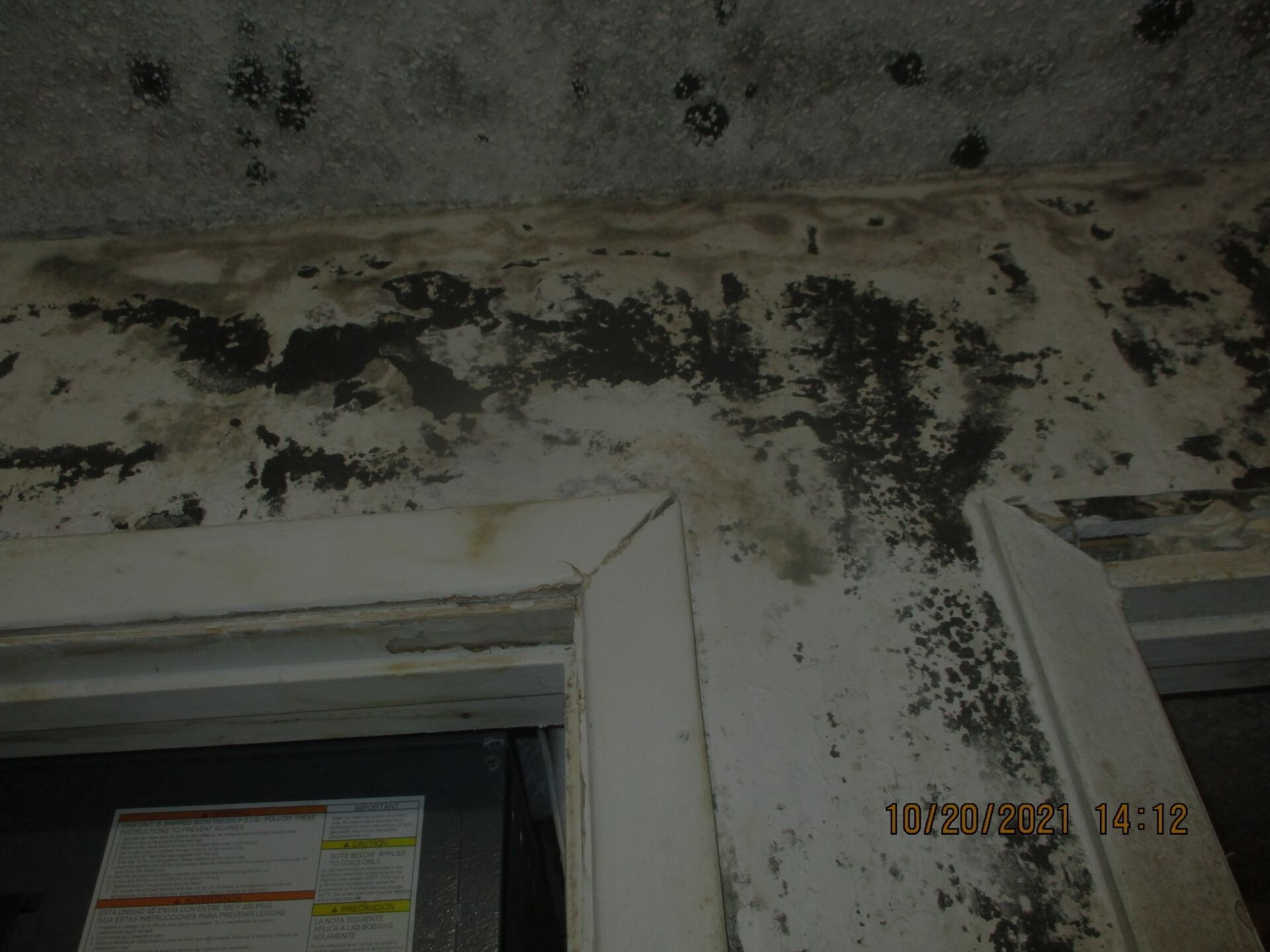
Mold can make any homeowner shudder. Mold detection is a critical part of maintaining a healthy and safe living environment. If left unchecked, mold can have significant implications for your health and the structural integrity of your home. Some types of mold produce allergens, irritants, and toxic substances that can lead to health issues like allergies, asthma, and other respiratory conditions. In this guide, we will demystify mold detection, outline the signs to look out for, discuss the health risks associated with exposure, and discuss the steps you can take to prevent mold from becoming an unwelcome housemate. By the end of this article, you will be armed with all the information you need to detect and deal with mold effectively.
What is Mold?
Mold is a type of fungi that plays a crucial role in nature by breaking down dead organic matter, such as fallen leaves, and recycling nutrients back into the ecosystem. However, when mold invades our homes, it can become a problem.
Several types of mold commonly find their way into dwellings, including 'Aspergillus,' 'Cladosporium,' and 'Stachybotrys,' also known as the black mold. Each has a different appearance, from powdery white to green or black, and they can all potentially impact our health if allowed to proliferate.
The key to detecting mold in your home is understanding the conditions under which it thrives. Mold loves damp, dark, and humid environments. It can often be found in areas prone to moisture, such as bathrooms, kitchens, and basements. If you notice a musty smell, see visible growth on walls and corners, or find persistent condensation on windows, you might be dealing with a mold issue. Regular inspections in your home, focusing on these conditions, are a critical step in how to detect mold effectively. Remember, early detection and taking the right measures can help keep your home healthy and mold-free.
Health Risks Associated with Mold
Mold exposure can lead to a myriad of health problems, particularly for certain groups. Mold can trigger allergic reactions, asthma attacks, and other respiratory issues. People with compromised immune systems are particularly at risk, as are the very young and the elderly. Understanding how to detect mold in your home is vital not only for your home's health but also for the well-being of your family. Taking immediate action at the first sign of mold can prevent minor health complaints from escalating into serious conditions.
Visible Signs of Mold Infestation
Detecting mold in your house involves keen observation. One common visual sign of mold growth is discoloration on surfaces, which may appear in a variety of colors, including green, black, or white. Another sign to look out for is a fuzzy or slimy appearance, which is typical of mold colonies. It's important to differentiate mold from its close relative, mildew, which is usually gray or white with a powdery texture. Notably, mold is often found in damp, dark areas of the house, such as basements, bathrooms, and underneath sinks. Stay vigilant to keep your home mold-free.
Hidden Mold: Beyond the Visible
Mold can stealthily inhabit places out of sight, such as behind walls, beneath carpets, and within HVAC systems. These hidden invasions pose significant risks as undetected mold continues to grow and affect air quality. A musty smell is often a telltale sign of mold presence, even if it's hidden. This odor can indicate a serious mold problem, making it crucial to test for mold. Being aware of these signals is a key way to detect mold and ensure a healthy home environment. Always remember that mold might be out of sight, but it should never be out of mind.
DIY Mold Detection Techniques
For those who prefer a hands-on approach, there are several mold detection techniques you can use in your home. But for a definitive answer, consider hiring a professional mold inspector. You can try the following:
Visual Inspection
When conducting a visual inspection for mold, it's important to systematically examine all areas of the home. Start by focusing on places where water is frequently present, such as the bathroom, kitchen, and laundry room. Look for discoloration or fuzzy growth on walls, ceilings, and around plumbing fixtures. Also, check water-prone areas, such as under sinks and around appliances like washing machines and dishwashers. Don't forget to inspect lesser-considered areas like the basement and attic, where mold can thrive due to poor ventilation and damp conditions. Examine window sills and frames, as condensation can often lead to mold growth here. Lastly, look for any signs of water damage, such as staining or peeling wallpaper, as these could be indicators of a hidden mold problem. Regular visual inspections can be an effective way to detect early signs of mold and prevent extensive damage.
Smell Test
In addition to visual cues, your sense of smell can be an effective tool in identifying hidden mold. Mold often produces a musty, earthy smell that's similar to damp leaves or rotting wood. This odor is typically strongest near the source of the mold. If you notice an unusual or persistent smell in your home, it's wise to investigate. Start by checking areas prone to moisture and limited ventilation, like basements, bathrooms, and storage spaces. Furthermore, pinpointing the exact source of the smell can be tricky, so consider using a mold test kit for more accurate detection. Remember, a persistent musty smell should not be ignored; it could be a clear sign of a hidden mold infestation. Regular smell checks combined with visual inspections can increase your chances of catching a mold problem early, minimizing potential health risks and costly property damage.
Home Mold Testing Kits
Home Mold Testing Kits are a useful tool for detecting hidden mold. However, their reliability can vary, so it's essential to choose a reputable brand. Two popular choices include the 'Pro-Lab Mold Test Kit' and the 'Healthful Home 5-Minute Mold Test'. Pro-Lab's kit is easy to use and provides a detailed lab analysis, while the Healthful Home kit offers quick results without the need for lab testing. When using these kits, ensure that you follow the instructions carefully for accurate results. Be aware that these tests may not capture all types of mold, so a negative result doesn't necessarily mean your home is mold-free. For a thorough check, consider professional mold testing. While DIY checks are a good starting point, professional services offer more comprehensive detection and advice on remediation. Remain vigilant about mold in your home, making routine checks part of your household maintenance to ensure a healthy living environment.
Professional Mold Inspection
Professional mold inspection is often the best way to detect mold in your home. Experts use advanced tools and techniques to find mold, even in hidden places, ensuring a thorough examination. They can identify signs often missed by DIY tests and can guide you on remediation steps. When choosing a company, look for certified professionals with positive reviews and a good track record. Regular inspections are crucial, especially after incidents of
flooding or
water damage that create prime conditions for mold growth. Remember, the best defense against mold is prevention, and professional inspections can help maintain a healthy home environment.
Prevention: Keeping Mold at Bay
Prevention is key when it comes to mold. A proactive approach can save you from potential health risks and costly damages. Let's explore some of the best practices to keep mold at bay and maintain a healthy and safe environment in your home.
Controlling Humidity Levels
Controlling humidity levels is a critical factor in preventing mold growth. Ideally, the humidity level in your home should be below 60% and, if possible, between 30% and 50%. Use a hygrometer, an inexpensive device available at most hardware stores, to measure your home's humidity. High humidity can be reduced by using air conditioners or dehumidifiers. Also, consider using exhaust fans in areas that produce moisture, like the kitchen, bathrooms, and laundry room. Opening windows and using fans can increase ventilation and help reduce humidity, especially in more humid seasons. Besides, limit indoor plants as they can increase humidity levels. Regularly check your home for
leaks and repair them promptly to prevent excess moisture. Lastly, avoid drying clothes indoors, as this can significantly increase humidity. By maintaining the right humidity level, you can significantly reduce the chance of mold growth.
Proper Ventilation
Proper ventilation is crucial in preventing mold, as it helps reduce moisture levels, the primary driver of mold growth. Inadequate ventilation can lead to condensation, promoting a damp environment perfect for mold to thrive. It's essential to ensure adequate airflow in areas prone to high humidity, such as bathrooms, kitchens, and laundry rooms. Using exhaust fans when cooking, washing dishes, or showering can effectively vent moisture-laden air outside. Regularly opening windows can also improve ventilation, especially in rooms where steam or moisture is generated. If possible, cross ventilation, which allows fresh air to flow in and stale air to flow out, should be utilized. For larger spaces, consider using whole-house ventilation systems. Keeping your attic and crawl spaces well-ventilated is also crucial to prevent mold. By cultivating proper ventilation practices, you can maintain a healthier, mold-free home environment.
Regular Home Maintenance
Regular home maintenance is vital in preventing mold infestations. Regular checks for leaks in plumbing systems, roof shingles, windows, and doors can help detect issues early, preventing moisture buildup that can lead to mold. Inspect areas prone to wetness regularly, such as the bathroom, kitchen, and laundry room. Ensure gutters and downspouts are clear and direct water away from your house to avoid foundation problems that could lead to water entering the home. Products like dehumidifiers and moisture absorbers can significantly aid in controlling the moisture level in your home.
Dehumidifiers reduce humidity levels, making your home less hospitable to allergens such as mold, while moisture absorbers trap excess moisture, preventing musty odors and protecting surfaces from moisture damage. Regular maintenance combined with the use of such products can provide substantial defense against mold growth.
Mold-Free Living is a Click Away. Reach Out Now!
Don't let mold ruin your beautiful home! At Sunshine Restoration, we provide professional mold detection and remediation, ensuring a safe and healthy environment for your family. Don't delay! Get a comprehensive mold inspection and live worry-free in your mold-free home. Remember, prevention is better than cure, so make mold checks and maintenance part of your household routine for a healthier living space. Let us help you keep your home free from mold! Together, we can ensure a cleaner, safer, and healthier environment for all. Call us to stay mold-free with Sunshine Restoration today!


